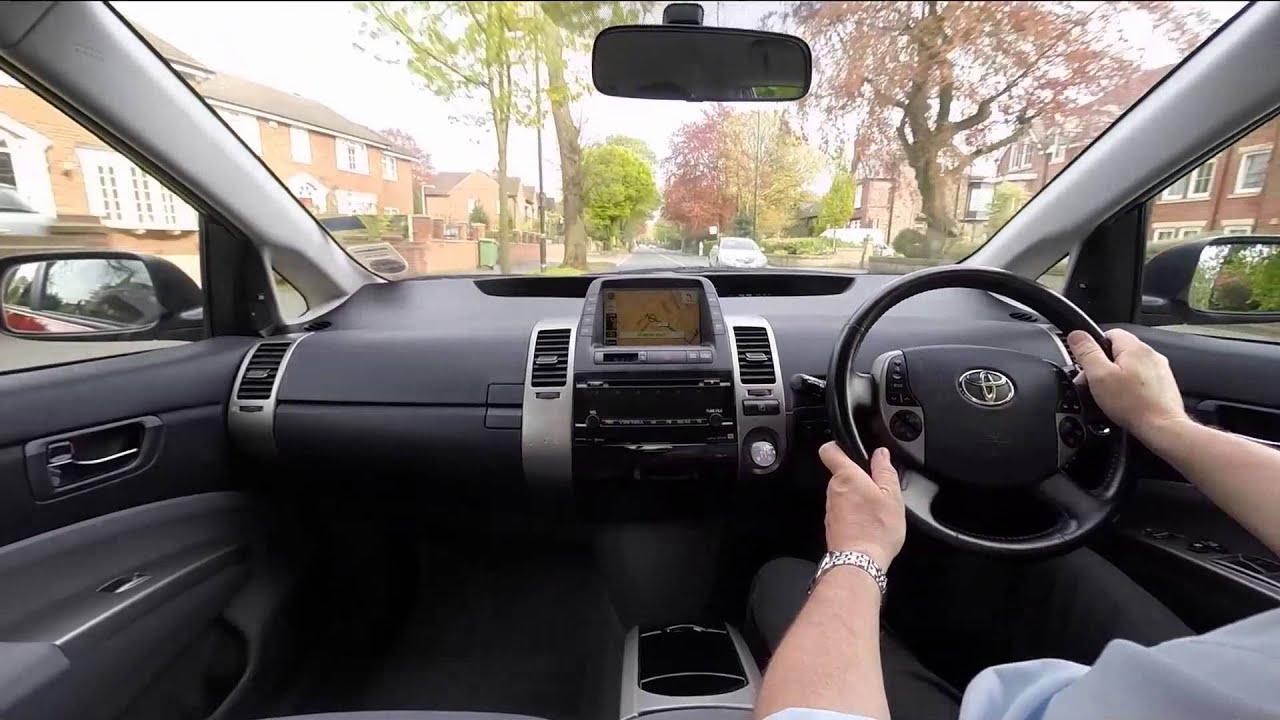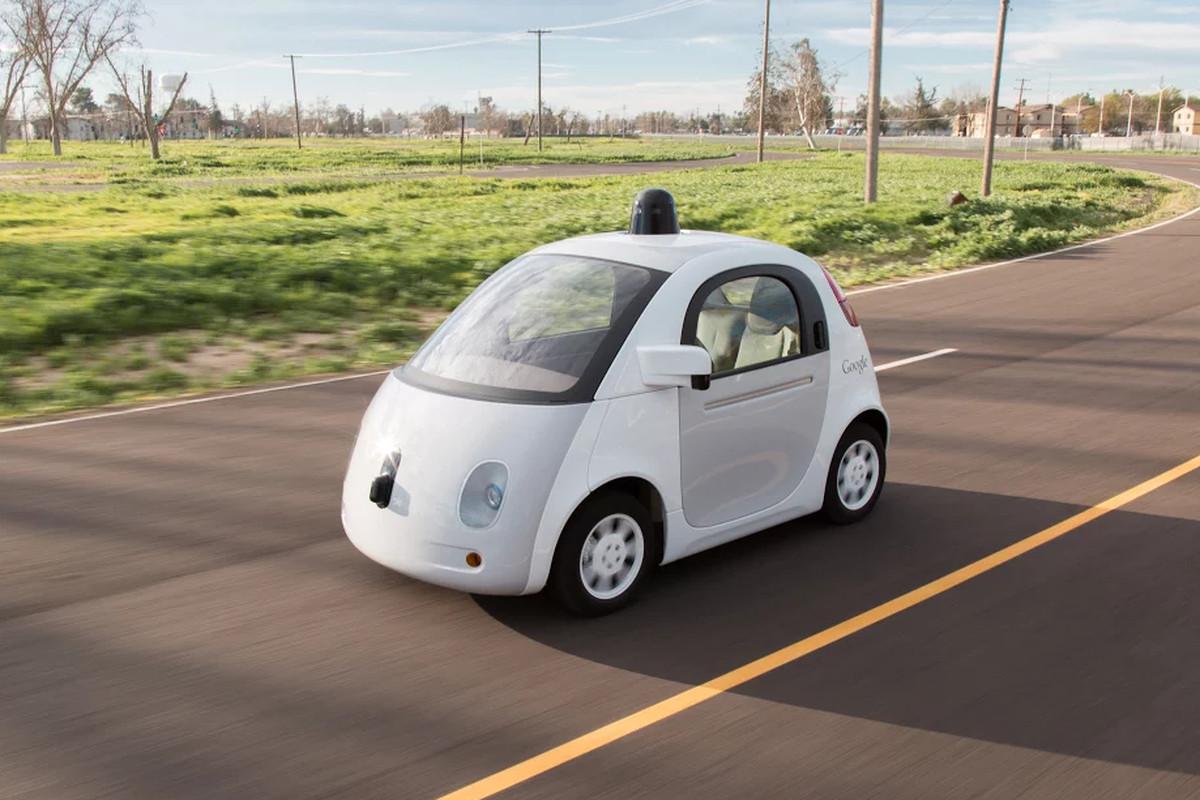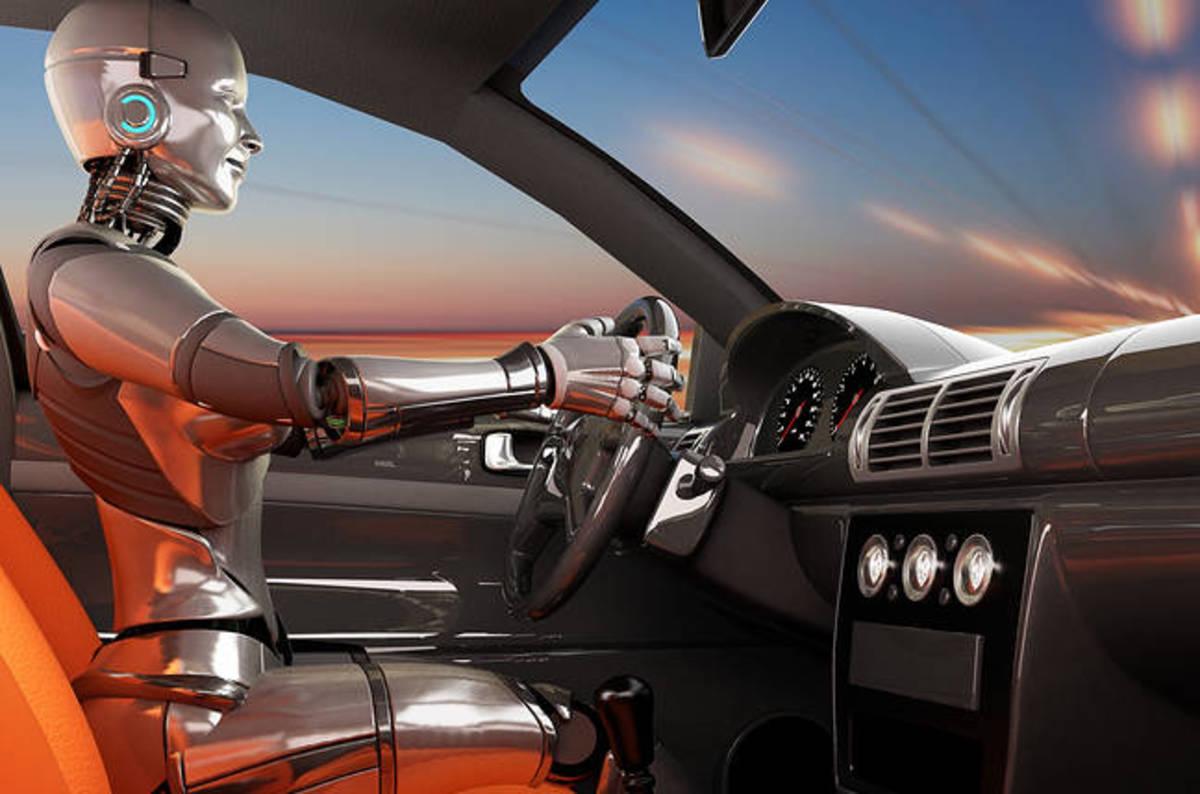Those autonomous cars were not just about filming in the world of fiction. The deal was real as the concept had been launched decades ago. However, there is nothing like fully autonomous yet, but undoubtedly, it would be in the near future. For now, we bring you the history of self-driving cars including the very first one that was introduced as autonomous. Check out the list and enjoy reading some automatic cars created in all these years.
Contents
The History Of Self-Driving Cars – From 1925 To 2020
It is going to be a random list, you do not need to suppose the listing year wise. From the Houdina to Google’s self-driving car, we are going to describe the excitement.
1. Robo-Chauffeur – 1969
John McCarthy introduced the autonomous concept in 1969 and named it ROBO-CHAUFFEUR. One of the founding persons of artificial intelligence, John featured the vehicle with the term ‘Computer-Controlled Cars.’ In the concept, he pointed a vehicle capable of automatic navigating through the roads using the same view as the humans get while driving. In the history of self-driving cars, this one did wonders for navigation that required the address entered.

SEE MORE:
2. The Francis Houdina’s Addition – 1925
This one was the first self-driving car that was invented in 1925. Francis Houdina was the person behind the concept who used the term ‘a radio-controlled car.’ The vehicle was on the streets of New York City. It was a remote-controlled presentation with the automatic engine, shift gears, and horn. Though this was not a complete success in that year, the crowd was amazed to see anything like this.
3. The Autonomous Minivan – 1990
Dean Pomerleau described the concept of the self-driving car using the theory of neural nets. The neural network was proved far better than random attempts of autonomous vehicles. In the history of autonomous vehicles, the car gave the most revolutionary drive at that time. It covered 2,797 miles from Pittsburgh to San Diego with a need of controlling the speed and braking.
4. Prius Hybrid – 2003
In the next decade or the era of 2000, the company Toyota introduced the Prius hybrid in 2003. The vehicle got popular for the automatic parking where all sensors and cameras worked well to operate. In the self-driving car timeline, this brought huge exhilaration among fans of autonomy. The trend was later followed by BMW as well as this way the auto parking system got the limelight.

5. Tesla Autopilot – 2015
The creation was loved for its autopilot feature. The engineers created it with the cameras, radar, and 360-degree sonar sensors. The technology embed to send the traffic signals as per the current situation and made the system to take actions accordingly. It also allowed automatic parking once it reaches the destination. It was totally hassle-free to drive the vehicle in the history of driverless cars.
6. Gm Super Cruise – 2017
Super Cruise introduced the supercar in 2017 that used to work for both long road trips and busy streets. The automated technology blessed the vehicle with braking, speed control, and lane changing promoting the comfort of the driver and the passengers.
7. 2020: Google Self-Driving Car
Now comes the most happening car that they will launch in 2020. Google has launched a car that is truly a self-driving creation that needs absolutely no human interaction. Videos are going on already in which you can see how it features no space for the driver, and it is all about the sensors and software. Amaze yourself with some more car facts here Industry Knowledge.

Autonomy Levels Explained
When we hear the term ‘self-driving,’ we imagine a super-car that is capable of driving on its own while you are relaxing in the backseat. Well, it does not work like that, and there are different levels of autonomy. In which level the vehicle falls decides the amount of independence we get in the car. We are explaining different levels down below.
Level 0: it is the level that determines zero automation. The driver needs to control all the operations such as the steering, speed, and similar actions.
Level 1: this one adds up a bit of automation where you can rely on the vehicle for controlled steering and acceleration but not all the time.
Level 2: this one goes a bit deeper with automatic steering and acceleration control. However, it still needs the human to be there in the whole driving session.
Level 3: in this level, the vehicle bestows you with support when certain situations meet. But you need to take control when it seems beyond the control of artificial intelligence.
Level 4: these vehicles drive themselves most of the time but need the presence of a human for some situations.
Level 5: these vehicles do not need any human to control the operation; they can drive it on the streets in any situation.

Conclusion
So this was the history of self-driving cars, and of course, there is a lot more to add up. We hope you enjoyed all the vehicles and how they made from the olden times to modern days. Let’s be positive about the innovation and wait for the cars with robotic drivers to take place.



